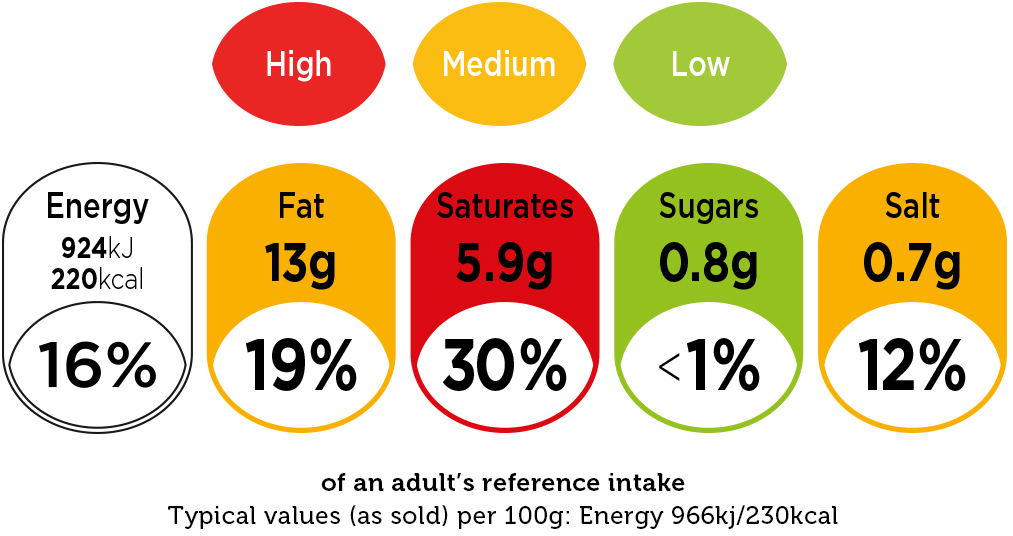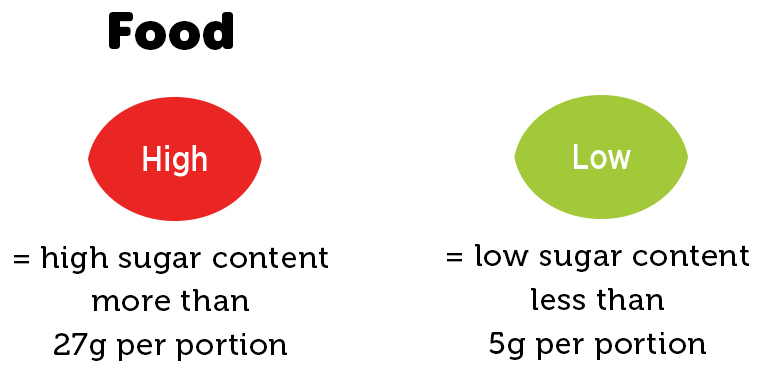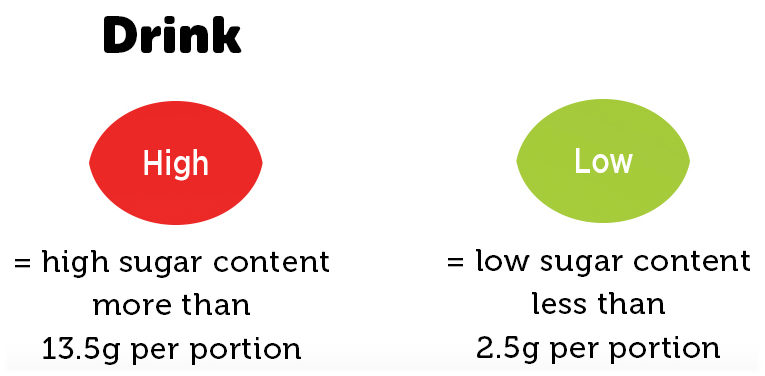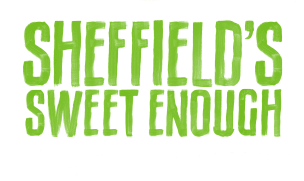Most food and drink you buy contains a list of ingredients. Generally, the higher the amount of something, the further up the ingredient is on the list. Most products list sugars as ‘Carbohydrate (of which sugars)’
But, there are lots of other names for sugar:
- Glucose
- Sucrose
- Dextrose
- Fructose
- Maltose
- Corn syrup
- Maple syrup
- Agave syrup
- Honey
- Hydrolysed starch
- Invert sugar
- Molasses
In general, try to avoid products if:
- Sugar is listed as one of the top three ingredients
- It contains ingredients ending in ‘ose’
- It contains more than one type of sugar
- It is red for sugar on the traffic light system
What is the ‘traffic light’ system?
Many major supermarkets and brands use a ‘traffic light’ system on the front of their packs to show nutritional information. The colour-coded system means you can quickly see whether foods contain high, medium, or low amounts of calories, sugar, fat, saturated fat and salt.

Find sugar on the traffic light panel. You will see an amount (in grams) and what percentage this represents of an adult’s maximum daily limit.
It’s important to check the serving size at the top of the panel, as some figures are based on only half a portion or one slice. Also, remember that these percentage amounts are based on an adult’s daily limit of 30g per day, rather than a child’s, which is significantly less.
Check your child’s daily limit based on their age and use a calculator to work out if food or drink contains more than their recommended daily limit.


What's actually in my food?
There are lots of added sugars hiding in the foods and drinks we consume, but, do you know how much?
